A Beginner's Guide to Planting Almonds in the Fall
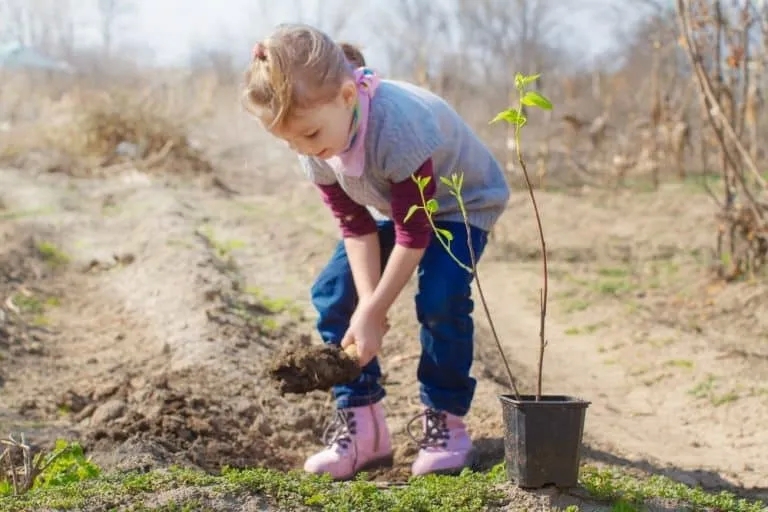
Almond — a unique tree. It boasts a delicate fragrance, beautiful pink-white blossoms, and...
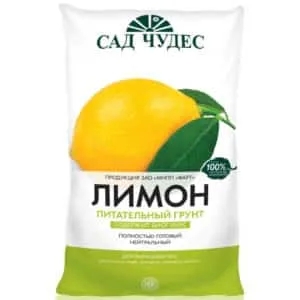
Plant enthusiasts grow lemon trees not in gardens but at home — in pots. These conditions are best suited for the delicate exotic tree, as it's easier to provide proper care indoors. One of the key factors for a healthy and beautiful plant is balanced, nutrient-rich soil. Let’s explore what kind of soil is best for growing lemons at home and how to prepare it.
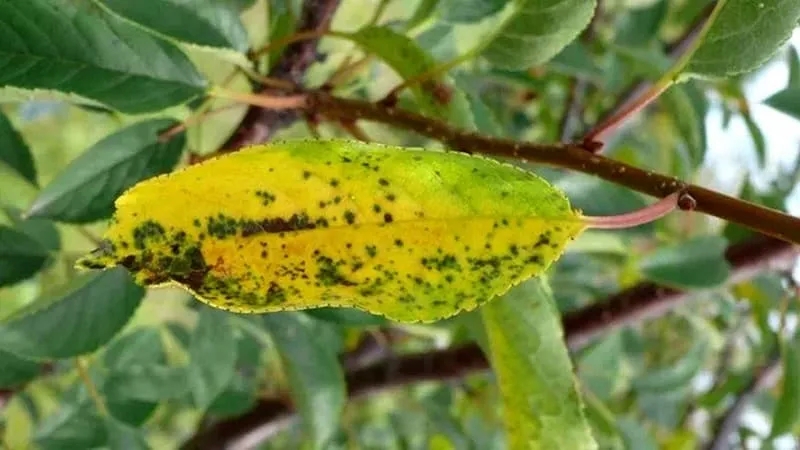
Leaves on a healthy cherry tree turn yellow and fall in autumn. However, if they change colour in summer, this indicates underlying issues that may stem from various causes. Let’s explore what to do if cherry tree leaves turn yellow in July, how to treat the plant, and what preventive measures to take.
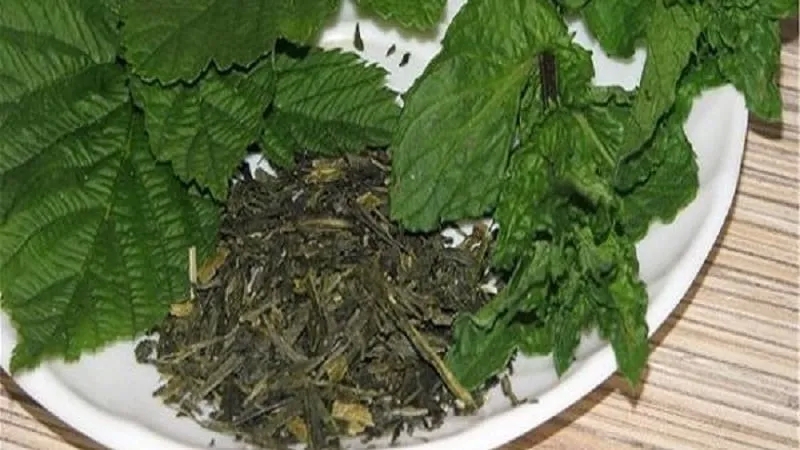
Herbal teas are much healthier than traditional ones. They do not contain caffeine or its analogues but offer a range of beneficial properties. Doctors and nutritionists recommend including them in your daily diet. One of the tastiest and most aromatic options is raspberry leaf tea.
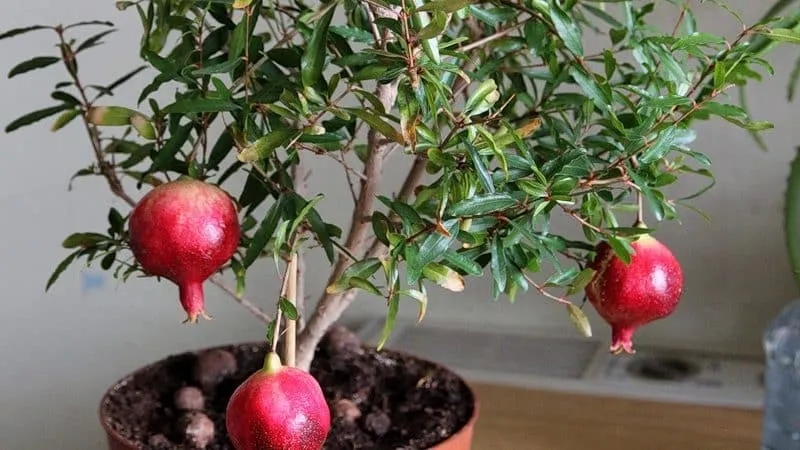
Indoor pomegranate – a low-maintenance plant that, with proper care, delights with abundant flowering and fruiting. To ensure the tree thrives, it’s essential not only to choose the right soil and location in your home but also to fertilise it regularly. This article explains how and what to feed your pomegranate when growing it indoors.
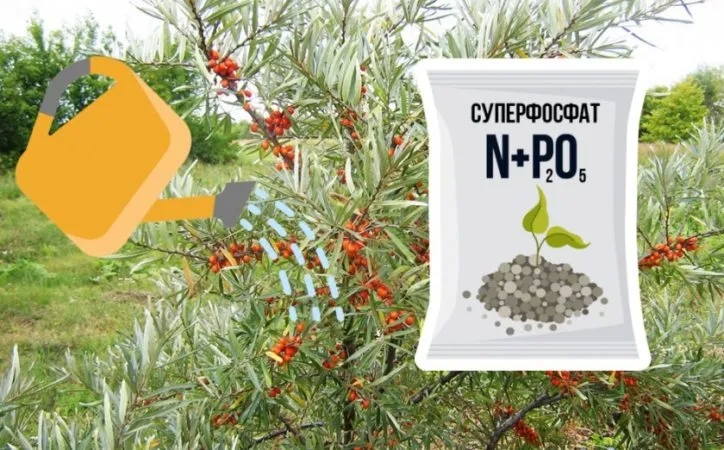
Sea buckthorn – one of the hardiest and most low-maintenance plants – is generally easy to grow, even for beginner gardeners. However, regular care is essential for consistent, high-quality yields. The key factor influencing fruit production is fertilization. Learn how and what to feed sea buckthorn in summer in our guide.
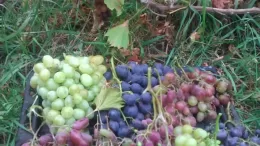
The foundation for next year's grape harvest is laid in autumn. It's essential to nourish the vines thoroughly to strengthen them, enhance their cold resistance, and ensure a healthy dormant period. Providing plants with proper nutrition before winter ensures dense clusters of large, sweet berries.
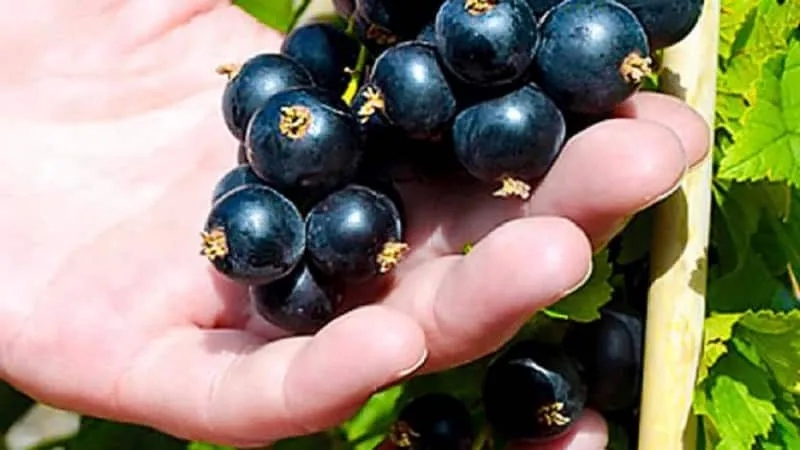
In European gardens, blackcurrants are among the most popular berries. The shrub is hardy and grows almost everywhere. There are countless cultivated varieties: tart, sweet with a subtle tang, small berries, and those over a centimetre in diameter, early varieties ready by June and late ones ripening by mid-August. These delicious, vitamin-rich berries can be eaten straight from the bush, processed, or preserved for the next season by drying or freezing. Here’s how and when to harvest blackcurrants to maximise their benefits.
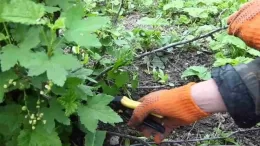
Sprawling currant bushes quickly lose their shape without proper care. Overgrown plantings become an ideal breeding ground for fungi and insects. Lateral shoots left unpruned can grow so dense that they block sunlight from the central branches and reduce airflow throughout the bush. In this article, we’ll discuss summer pruning for currants, including whether red and white currants can be pruned and how to do it correctly.

Almond — a unique tree. It boasts a delicate fragrance, beautiful pink-white blossoms, and...
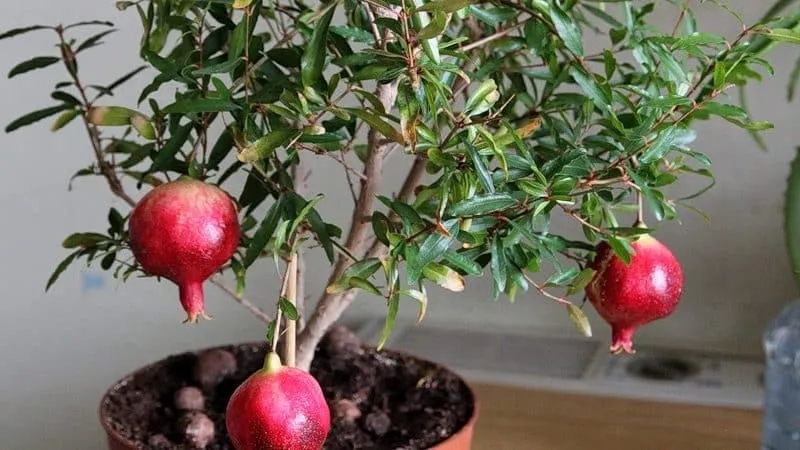
The blooming pomegranate is a sight to behold: against a backdrop of bright lime-green, lacy...
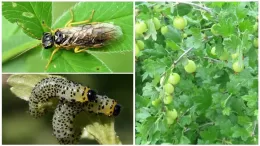
The sawfly — the most destructive insect — can reduce the yield of gooseberries and currants by up...
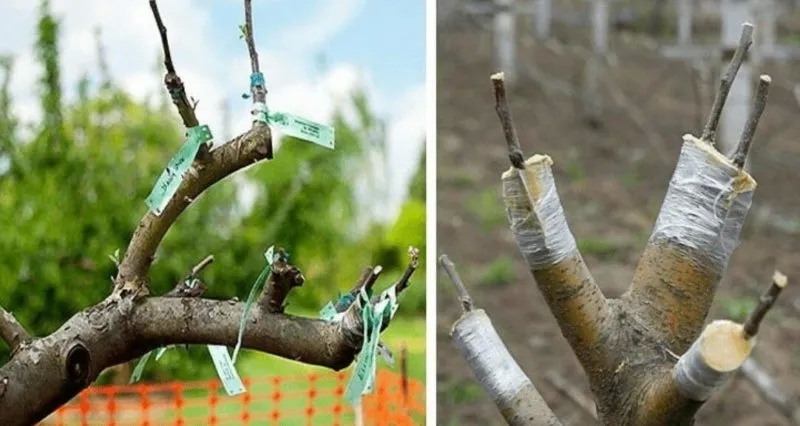
Spring — the most favourable time for garden work. During this period, fruit tree grafting begins....
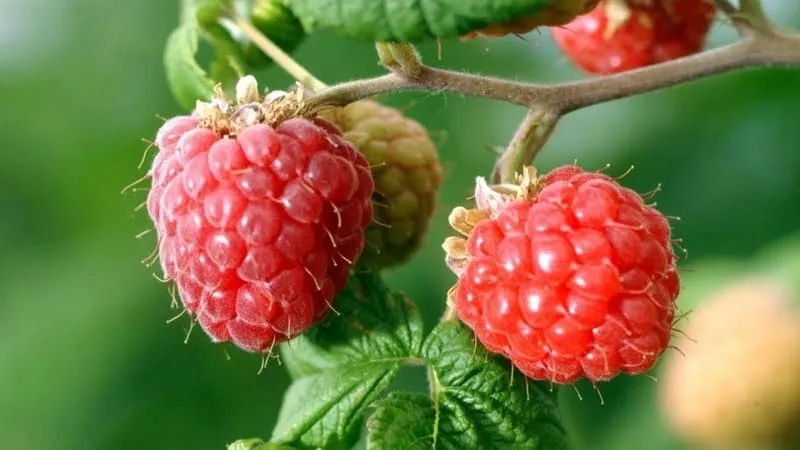
Raspberries are grown across Europe: from the sunny Mediterranean to the cool climates of...
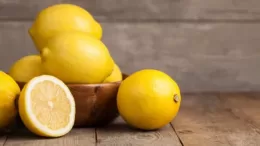
The word "lemon" refers to both lemon trees and their fruits. This member of the Citrus family...

Nature has provided humanity with a vast variety of fruits that offer beneficial effects on the...

Freshly squeezed orange juice boasts outstanding taste, dietary, and health benefits. Its...